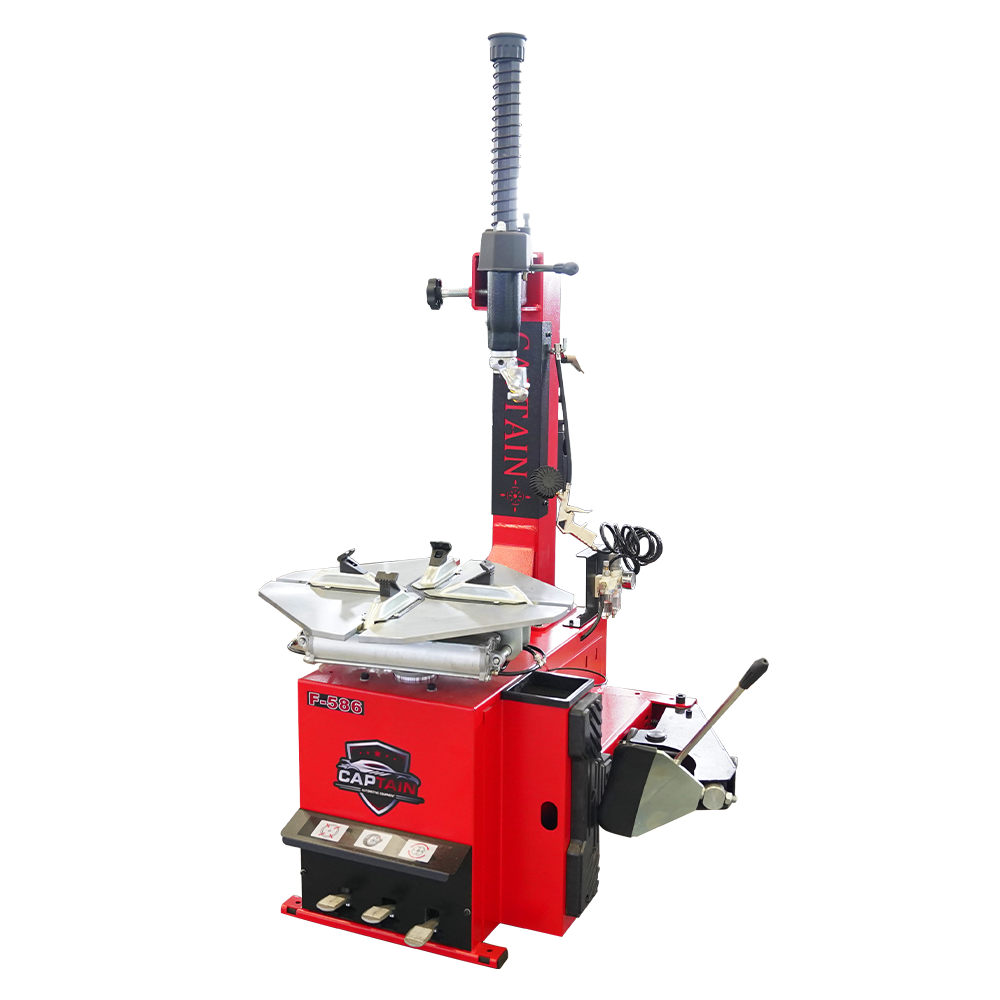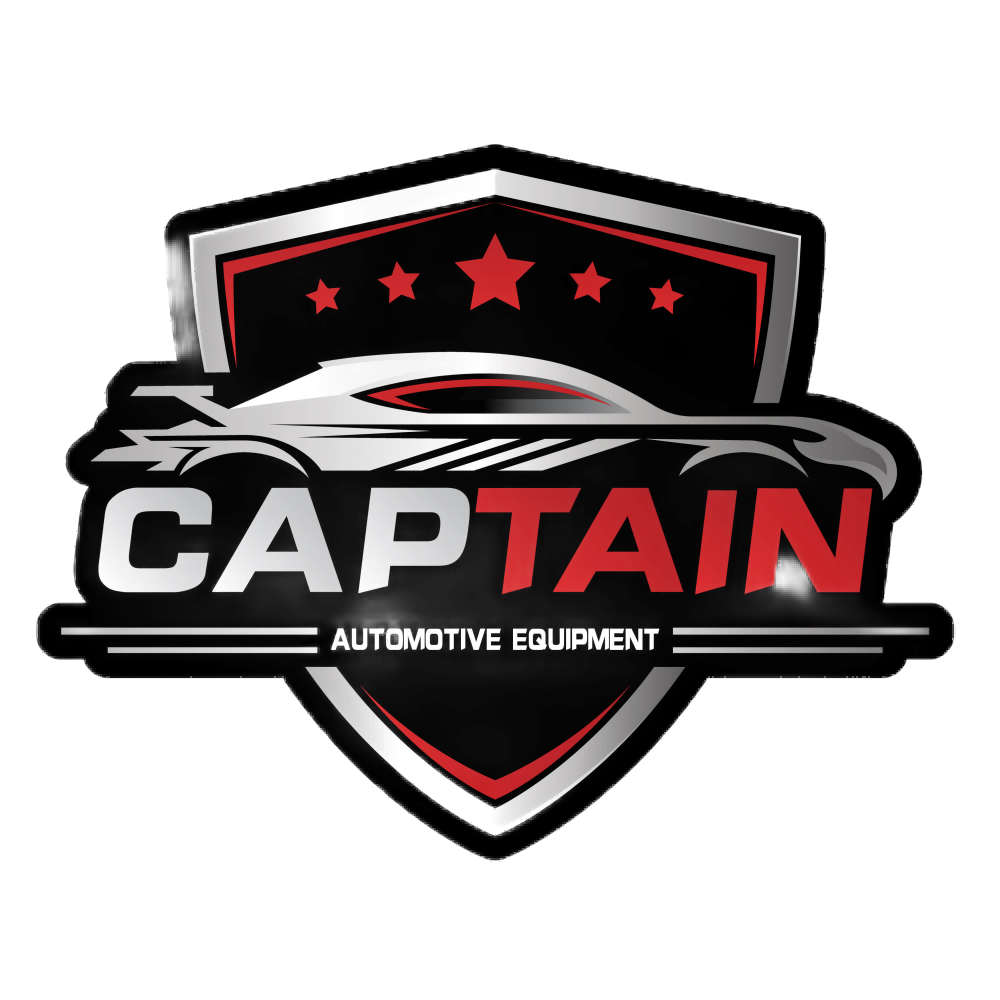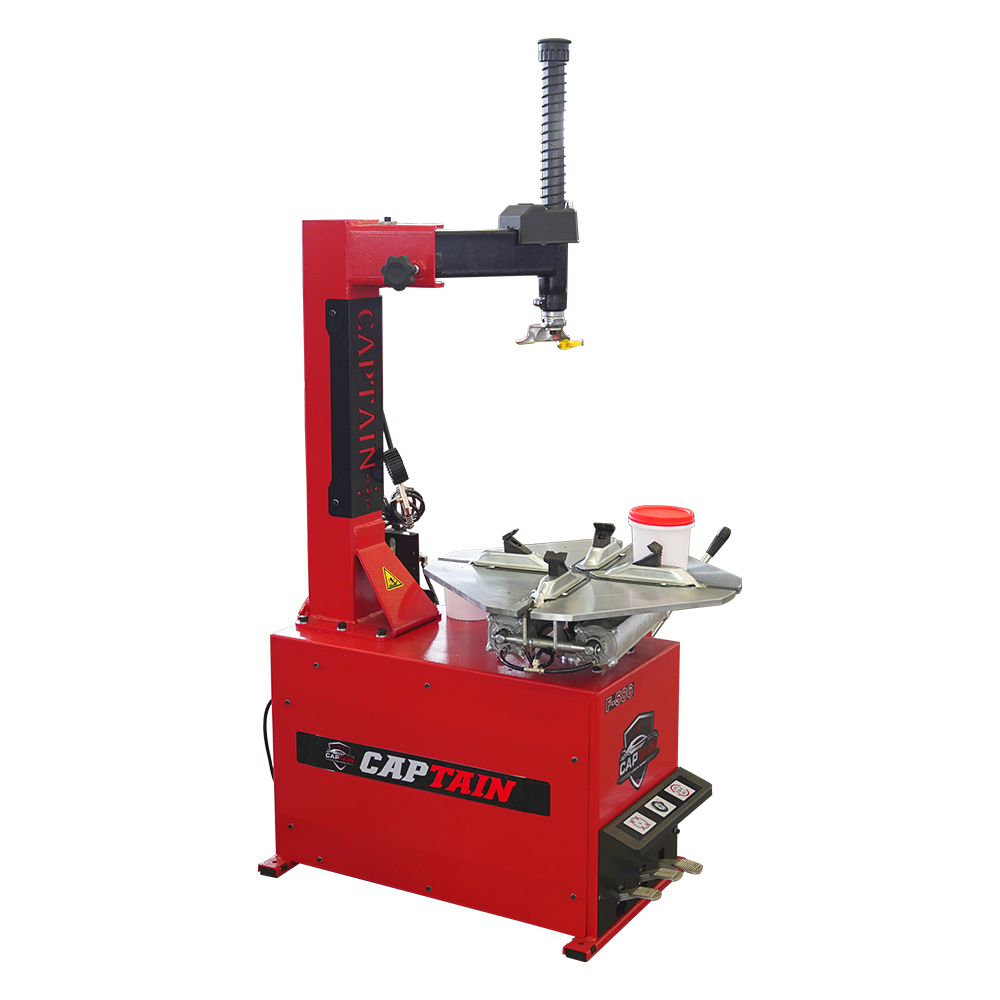Understanding the Value of Traditional Tire Changing Equipment
In the ever-evolving world of automotive maintenance, manual tire changers remain a steadfast and reliable tool for both professional mechanics and DIY enthusiasts. These mechanical devices offer a straightforward approach to tire service, combining simplicity with effectiveness. While automated solutions flood the market, the manual tire changer continues to prove its worth through practical benefits and economic advantages that make it an indispensable piece of equipment in any garage or workshop.
The significance of manual tire changers extends beyond their basic functionality. These tools represent a perfect balance between traditional craftsmanship and practical utility, allowing users to maintain complete control over the tire changing process while developing valuable mechanical skills. Understanding their advantages helps mechanics and car owners make informed decisions about their equipment investments.

Economic Benefits of Manual Tire Changers
Cost-Effective Initial Investment
One of the most compelling advantages of choosing a manual tire changer is the significantly lower initial investment compared to automatic or pneumatic alternatives. Professional-grade manual tire changers typically cost a fraction of their automated counterparts, making them particularly attractive for small workshops, mobile mechanics, or those just starting their automotive business. This lower entry barrier allows more professionals to offer tire changing services without taking on substantial debt.
The cost advantage extends beyond the purchase price. Manual tire changers require minimal installation costs, as they don't need electrical connections, compressed air systems, or special mounting requirements. This simplicity translates to immediate savings and greater flexibility in workshop layout and organization.
Reduced Maintenance Expenses
The mechanical nature of manual tire changers results in substantially lower maintenance costs over their lifetime. With fewer complex components and no electronic systems to fail, these tools rarely require professional servicing. Regular maintenance typically involves simple tasks like lubrication and occasional tightening of mechanical parts, which can be performed by the owner without specialized training.
The durability of manual tire changers also means they tend to have a longer operational life when properly maintained. Their robust construction and straightforward design make them less susceptible to breakdowns, reducing both maintenance expenses and operational downtime.
Operational Advantages and Control
Enhanced Precision and Control
Manual tire changers provide operators with direct physical feedback during the tire changing process. This tactile connection allows experienced technicians to feel exactly how much pressure they're applying, reducing the risk of damage to expensive wheels or tires. The hands-on nature of manual operation enables technicians to make precise adjustments and respond immediately to any resistance or complications they encounter.
This level of control is particularly valuable when working with custom wheels, vintage tires, or specialty applications where automated systems might be too aggressive or imprecise. The ability to adjust force and speed in real-time helps prevent costly mistakes and ensures proper handling of delicate materials.
Versatility in Application
Manual tire changers excel in their ability to handle a wide range of tire sizes and types. From standard passenger vehicle tires to light truck applications, these tools can accommodate various wheel diameters and widths without requiring complex adjustments or additional attachments. This versatility makes them particularly valuable for shops that service diverse vehicle types.
The adaptability of manual tire changers also extends to their working environment. Unlike electrical equipment, they can be used in any location, making them ideal for mobile tire services or workshops with limited power access. This flexibility ensures continuous operation regardless of power availability or environmental conditions.
Professional Skill Development
Technical Expertise Enhancement
Working with a manual tire changer helps technicians develop a deeper understanding of tire changing mechanics. The hands-on experience gained through manual operation builds valuable skills that translate to better overall tire service capability. Technicians learn to read tire behavior, understand mounting patterns, and identify potential issues through direct physical interaction with the equipment.
This expertise becomes particularly valuable when troubleshooting difficult tire installations or when working with unusual tire and wheel combinations. The knowledge gained through manual operation often proves invaluable even when working with automated equipment, as technicians better understand the underlying principles of tire changing.
Professional Confidence Building
Regular use of manual tire changers helps build professional confidence through mastery of fundamental tire changing skills. Technicians who can efficiently operate manual equipment often display greater overall competence in tire service operations. This confidence translates to improved customer service and the ability to handle challenging situations with greater assurance.
The skills developed through manual tire changing also create a strong foundation for career advancement in the automotive service industry. Technicians with comprehensive manual tire changing experience often find themselves better prepared for supervisory roles and specialized service positions.
Reliability and Durability
Long-Term Performance
Manual tire changers are built to last, with many units remaining in service for decades with proper maintenance. Their simple mechanical design eliminates many potential points of failure common in automated systems. This reliability ensures consistent performance and reduces the likelihood of unexpected equipment downtime.
The durability of manual tire changers is particularly evident in high-volume operations where equipment undergoes constant use. Their robust construction and minimal maintenance requirements make them a dependable choice for busy workshops that cannot afford equipment failures during peak service periods.
Weather and Environmental Resistance
Manual tire changers demonstrate exceptional resilience to various environmental conditions. Unlike electronic equipment, they're less susceptible to damage from humidity, temperature fluctuations, or dust exposure. This resistance makes them particularly suitable for workshops in areas with extreme weather conditions or challenging environmental factors.
The ability to operate effectively in diverse environments extends their utility beyond traditional workshop settings. Mobile mechanics and outdoor service operations benefit from equipment that remains reliable regardless of weather conditions or available infrastructure.
Frequently Asked Questions
How long does it take to learn to use a manual tire changer effectively?
Most technicians can become proficient with a manual tire changer within a few weeks of regular use. The learning curve involves understanding proper technique, developing muscle memory, and gaining experience with different tire types. Mastery typically comes after several months of consistent practice.
Can manual tire changers handle run-flat tires?
Yes, manual tire changers can handle run-flat tires, though they may require additional effort and specific techniques. Many manufacturers offer attachments or accessories designed specifically for working with run-flat tires on manual equipment.
What maintenance does a manual tire changer require?
Regular maintenance for manual tire changers is minimal, typically including cleaning, lubrication of moving parts, checking for loose bolts or components, and occasional replacement of wear items like mount/demount heads. Most maintenance can be performed by the operator without specialized training.
Are manual tire changers suitable for high-volume tire shops?
While manual tire changers can handle high-volume operations, they may be best suited as supplementary equipment in busy shops. They excel as backup units, for specialized applications, or in combination with automated equipment to maximize operational flexibility.

